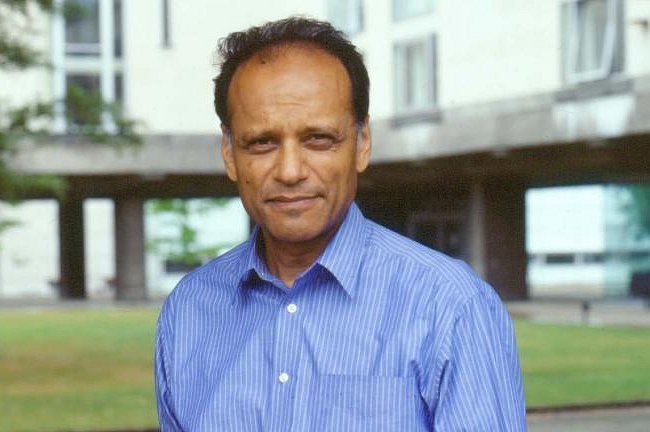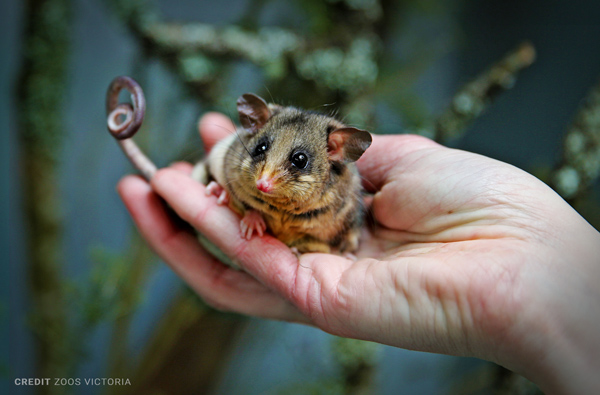As our population continues to rise on this finite earthly home, the answers to the challenges we face, will increasing be found not from within conventional schools of thought, but from our co-inhabitants, such as termites. Termites? Did you say termites? Well yes. Termites have been studied for some time now in an attempt to understand how they maintain their home – the termite mound – at a constant temperature all year round, so as to provide optimum living conditions for the queen to survive and lay eggs. Consider this extract from: Termites are teaching architects to design super-efficient skyscrapers (Shara Tonn, Science, 17.11.15)
Mound termites, native to Africa, South Asia, and Australia, are pros at building self-regulating structures that maintain oxygen levels, temperature, and humidity. And now human architects and engineers want to adapt that ingenuity for their own designs.
From the outside, a termite structure just looks like a pile of dirt. But if you slice one in half—difficult considering some can be more than 30 feet tall—things get a bit more complicated. The above-ground mound has an outer wall riddled with holes, which lead to a labyrinth of tunnels that themselves lead to a series of chimneys. And below the mound is a large, oval nest, where the queen resides.
We are on the cusp of new ways of designing and building the structures we live in. As we expand further into pristine bushland, the current building stock is becoming obsolescent and yet industry and approving authorities can’t see the wave of innovation happening all around them.
An example of these design principles can be found at Charles Sturt University, Albury campus, where ‘chimney stacks’ are used to create temperature differentials to passively cool the building.
There’s no rocket science in this. Careful observation and an acceptance that nature – over millions of years – has been working through these issues runs counter to the human centred paradigm (that we are separate from and superior to the natural order). To come up with the solutions to our most pressing self-inflicted problems requires a new mindset centred on ideas such as Biomimicry. An Evening with World Change-Maker Jason F. McLennan, is a rare opportunity to expand our thinking.
Considered one of the world’s most influential individuals in the field of architecture and the green building movement today, Jason will speak about the origins and evolution of the Living Building Challenge, the world’s most progressive program for sustainable built environments, which he authored and launched in 2006. He will also share his insights into the future of the deep green building movement and what to expect in the decades ahead.
At UTS, in Sydney next week – Tuesday 30 October. For details and to register: https://www.eventbrite.com.au/e/an-evening-with-world-change-maker-jason-f-mclennan-tickets-51613576597?aff=erelexpmlt



